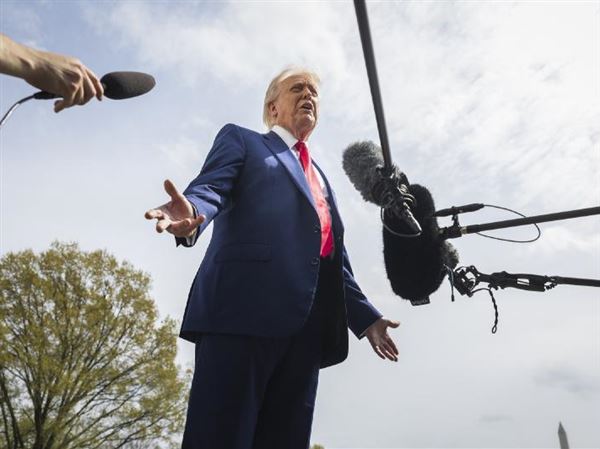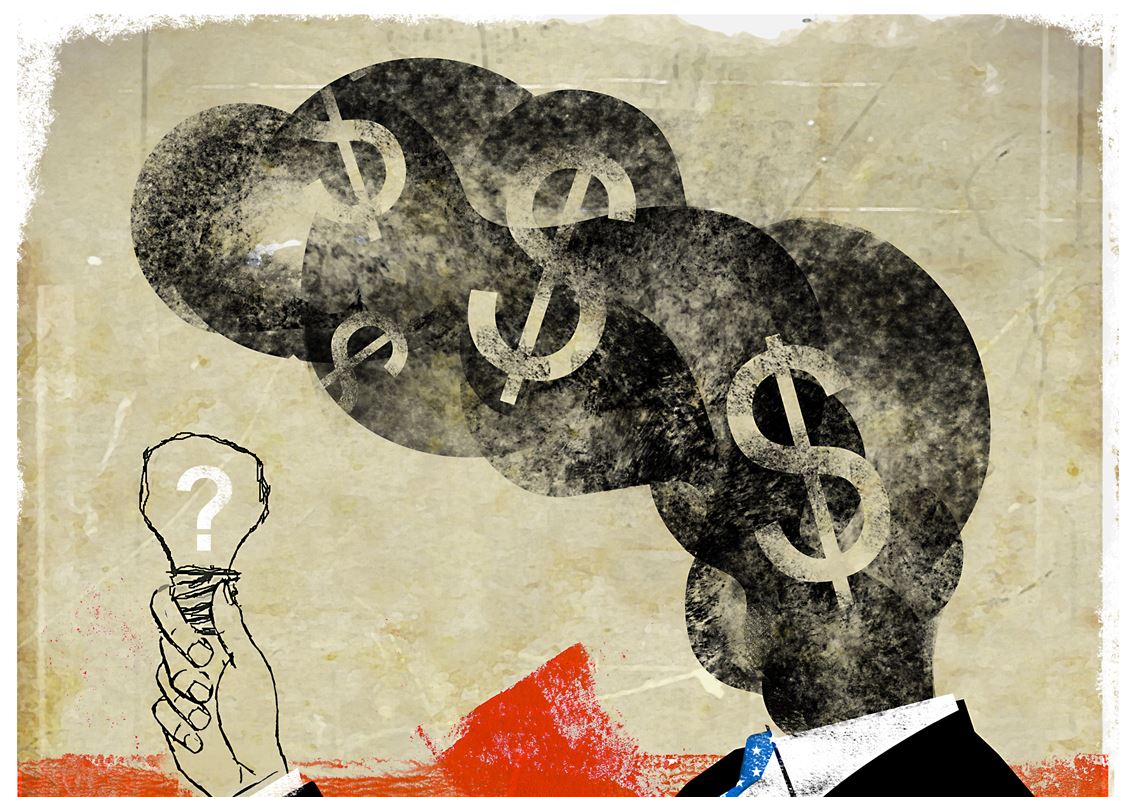Fuel efficiency increased, personal and corporate taxes decreased, and greenhouse gas emissions are down since British Columbia implemented North America’s first broad-based carbon tax.
All those gains came without the kind of harm to the economy that opponents of carbon taxes had predicted.
But some economists such as Robert Lyman, a former longtime policy adviser to the Canadian government, say it’s too soon to declare success.
The full force of the economic disruption hasn’t hit yet, he said. As Canadian manufacturers raise prices to cover the cost of carbon pricing, the business will go to competitors in places like China that have few or no environmental regulations, he said. The result will harm the North American economy without reducing global greenhouse gas emissions at all because products still will be manufactured, just not on our side of the globe, he said.
“Don’t kill your economy for the sake of accomplishing an impossible goal,” Mr. Lyman said in a recent telephone interview.
Many other economists say carbon pricing aims to disrupt economies to force needed change, and it works.
“All evidence points to the British Columbia system doing well,” said Christopher Knittel, an expert on energy economics at the University of Massachusetts who believes carbon pricing could work in the U.S. too — as long as it’s revenue neutral. That is, the tax on carbon has to be returned to the people in some form, for example, through per-household dividends or reductions in other taxes.
British Columbia returns some of the revenue — $154.50 per adult and $45.50 per child annually — directly to the people in the form of tax credits.
Liberals tend to prefer dividends because they are progressive. Wealthier people spend more on energy, gasoline and consumables made by carbon-intensive processes, but everyone would get back the same dividend, meaning low- and middle-class families would come out ahead.
The aim of carbon taxation is not to raise revenue but to set prices that reflect the cost of environmental damage so that people will choose lower-cost options that cause less harm.
“If things that are more carbon intensive become relatively more expensive there will be less of them produced and more of them consumed,” explained Anthony Underwood, associate professor of economics at Dickinson College in Carlisle. “Once you make emissions costly then minimizing emissions becomes a profit-maximizing activity.”
Mr. Lyman said carbon pricing wouldn’t be so bad if lawmakers stayed true to their word about revenue recycling, but he doesn’t trust them.
“The temptation is great to use more and more of the revenues for other things. There’s skepticism about whether it’s a revenue grab and whether the government is going to use those revenues wisely,” he said.
U.S. Sen. Pat Toomey, R-Pa., has similar concerns.
“There’s no way it would be revenue neutral in this town,” he said during a recent interview in the U.S. Capitol. “They’ll always find a way to use a new revenue stream.”
Mr. Toomey prefers other methods of reducing emissions, such as carbon capture and sequestration that would bury contained emissions deep in the ground.
Carbon capture and sequestration is not part of the new Environmental Protection Agency rule unveiled last week in Washington. EPA officials say it is neither cost effective nor technologically feasible.
Carbon taxes aren’t part of the plan either.
“We’re not putting a price on carbon. This plan has nothing to do with an economic incentive program. It is an emissions control program,” a senior EPA official said last week on the condition that he not be named.
Supporters of carbon pricing want to put a price on pollutants that reflect their social cost in order to encourage businesses and consumers to make less carbon-intensive choices such as using renewable fuels to manufacture products, heat homes and power vehicles.
There are two main mechanisms for carbon pricing. One would tax emissions. The other, cap and trade, would limit the amount of emissions allowed but let companies buy and trade permits to exceed the caps.
A Canadian plan
Following British Columbia’s 2008 lead, Canada enacted a national policy last year that requires each province to create carbon pricing systems — either through taxation or cap and trade. Each province can set its own pricing level, coverage and exemptions.
It hasn’t worked as well as policymakers hoped, according to a report last year by the Auditors General Canada, which said that only two of the country’s 11 provinces were on track to meet emissions reductions targets. The shortfalls were blamed partly on wildfires that emitted carbon but auditors also blamed failure of the provinces to plan well, to analyze risks versus benefits, to establish deadlines for different initiatives, to establish measurable goals, or to update their strategies over time.
The Canadian federal government required provinces to set a minimum price on carbon of $10 Canadian ($7.63 U.S.) per ton last year and increase it to a minimum of $50 per ton by 2022.
A ton of carbon is the amount emitted by an average passenger vehicle driving 2,445 miles, 1,093 pounds of coal burned, or an average home’s energy use for eight years, according to EPA data.
British Columbia’s carbon tax has translated into additional costs of, for example, 8.89 cents Canadian per liter of gasoline (about 26 cents U.S. per gallon) according to the province.
Carbon pricing could affect some industries more than others by forcing them to compete with foreign competitors not subject to such policies. In the U.S., a $25 per ton tax would nearly double the cost of surface-mined coal while residential natural gas would increase by 11%, and gasoline would increase 8%, according to estimates from the non-partisan Congressional Research Service.
Proponents suggest offsetting that disparity either by recycling revenue to benefit those harmed or by levying border adjustments against importers without comparable emission reduction programs, but doing so could violate international trade rules. The idea also is untested. No other nations have implemented border adjustment taxes to offset economic effects of carbon pricing.
Local industries like coal and steel could be hit hard because carbon impacts are a function of both the manufacturing inputs and processes. Environmentalists don’t necessarily see that as a bad thing because it could spur innovation in less carbon-intensive technologies such as renewable energy and nuclear power.
At odds in the U.S.
Progressive Democrats like U.S. Rep. Alexandria Ocasio-Cortez of New York and U.S. Sen. Ed Markey of Massachusetts are pushing a carbon tax as part of a sweeping set of social and economic reforms they’re calling the Green New Deal, but Republicans and even some Democrats are wary.
Ms. Ocasio-Cortez and Mr. Markey want to expand the Obama-era Clean Air Act, ban crude oil imports, end fossil fuel subsidies and phase out gas-powered cars.
Democrats like Sen. Dianne Feinstein of California have said the plan is too ambitious and there’s no way to pay for it.
She prefers a more moderate approach that includes cap-and-trade programs for the industrial and electric utility sectors, a requirement for the auto industry to improve fuel economy, an effort to increase the supply of bio-diesel and other low-carbon fuels, an energy-efficiency program that would reduce emissions from electric and natural gas utilities and updated building codes to reduce emissions from new construction.
U.S. Sen. Bob Casey, D-Pa., says climate change is a threat to human life and more of a problem than conservatives have been willing to admit.
“Inaction predicated on denial or indifference will result in millions around the world suffering extreme hunger from climate-related disasters” and will also have consequences for the economy, the infrastructure and security, he said.
Mr. Casey believes the Green New Deal provides a good framework but he has questions about it.
“First and foremost, how do we achieve 100 percent non-renewable energy? Also, how would a job guarantee work in terms of policy? We need a serious, bipartisan effort to develop a strategy and to take action,” he said. “
Congress should have a robust debate on actions to confront climate change.”
Carbon pricing is sometimes thought of as an alternative to inflexible command-and-control regulations that require the adoption of specific technologies to keep emissions below certain caps. However, many environmentalists and economists see carbon pricing as one tool among many needed to address climate change while conservative economists like Mr. Lyman see it as an unnecessary addition to the existing tangle of already duplicative efforts that are producing unmeasurable results.
“There are so many different policies that nobody has a measure of them, nobody knows whether they’re effective or to what extent they duplicate each other,” Mr. Lyman said.
“The prime argument for taxing is that it is a better instrument than regulating. Then why do both?”
Other economists have an answer for that.
“You can’t expect [carbon pricing] to fix everything” but it can be an important part of the solution, Mr. Underwood said.
That’s partly because lawmakers will never agree to price it high enough to make a big enough difference, he said. Some lawmakers believe carbon pricing isn’t in the country’s economic interest, and conservative groups such as the Heritage Foundation suggest that the risk of climate change isn’t sufficient to merit federal efforts to reduce carbon emissions at all.
“There’s a conflict between political feasibility and what’s needed environmentally,” Mr. Underwood said. “Carbon pricing needs to be high to be effective.”
The non-partisan Congressional Research Service has an answer to Mr. Lyman’s question, too. Carbon pricing would take too long to phase in, and that would delay environmental benefits.
Policymakers need to take the long view, said Akshaya Jha, assistant professor of economics and public policy at Carnegie Mellon University.
“The main reason to put a carbon tax in place isn’t to reduce carbon emissions in the U.S. right now but primarily to generate new ideas, new technology, and new innovation that will help worldwide,” Mr. Jha said.
Mr. Lyman believes the effects of carbon pricing are too small to justify implementation at all, and it’s too difficult to say whether it is working as well as countries like Canada say.
“It’s too difficult to evaluate it [in Canada] because there are over 300 policies now in place to reduce greenhouse gas emissions so you can’t isolate the effects of it,” Mr. Lyman said. “Carbon pricing is just being lobbed on top of everything else.”
Mr. Underwood disagrees.
“We have seen carbon taxes work. We have seen emissions go down and GDP go up in the presence of them,” he said.
In British Columbia, gross domestic product grew by 19% while net emissions declined 3.7% since the 2008 tax was enacted, according to the provincial government.
President Donald Trump has called climate change a “hoax.” U. S. Sen. Ted Cruz, R-Texas, has denied it is occurring. And conservatives like Mr. Lyman say the question is unsettled despite near unanimity among climate scientists who say the earth is warming and that humans are playing a role in the changes.
“I have serious doubts myself about the whole science of climate change. I don’t debate the science because that’s not my expertise,” Mr. Lyman said.
Those who believe in global warming should look to ways to adapt to it, not fight it, he said.
“If rising sea levels really worries you, you can do something about it. Change the structure of our cities to deal with rising levels. … Or if you think we’re going to have more frequent droughts and changes in weather systems then invest in infrastructure that’s going to help deal with that.”
Washington Bureau Chief Tracie Mauriello: tmauriello@post-gazette.com; 703-996-9292 or on Twitter @pgPoliTweets.
First Published: June 30, 2019, 4:14 a.m.















